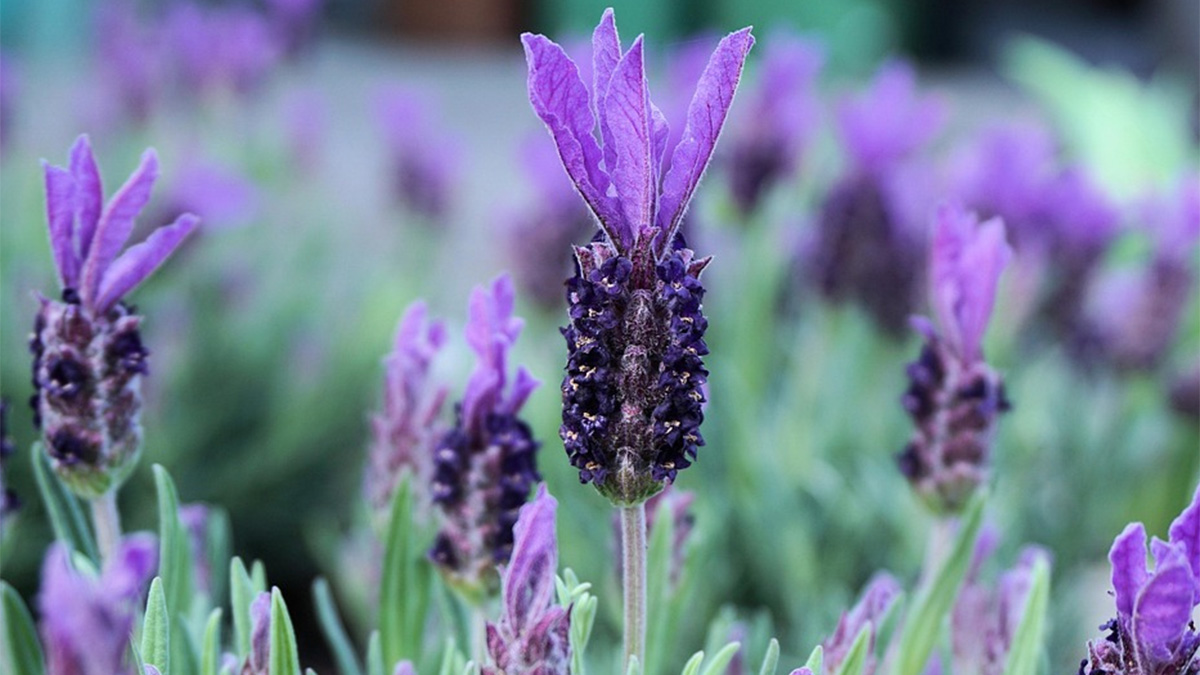Step-by-Step Guide to Growing Lavender for Fragrance and Beauty

Lavender is a beautiful and versatile plant that adds fragrance, color, and charm to any garden. Its calming scent and elegant flowers make it a favorite for home growers across the country. Whether you’re planting in the ground or a container, growing lavender is easier than you might think with the right steps and care.
Choose the right lavender variety
Selecting the right variety is key to growing healthy, long-lasting lavender. English lavender is ideal for cooler climates and prized for its sweet scent. French and Spanish varieties offer larger blooms and a more ornamental look but prefer warmer regions with mild winters.
In colder areas, look for hardy cultivars like ‘Munstead’ or ‘Hidcote’. Gardeners in the South may have better success with Spanish or hybrid types that can handle humidity. Always check the plant’s USDA zone rating before purchasing.
Pick the perfect planting spot
Lavender thrives in sunny locations with good air circulation. Aim for at least six hours of direct sunlight each day to encourage strong growth and plenty of blooms. Raised beds, sloped areas, or south-facing spots are excellent choices.
Proper airflow helps reduce the risk of fungal issues and keeps the foliage dry. Avoid planting near tall shrubs or in tight corners where air movement is limited. If growing in containers, place them where they will receive full sun throughout the day.
Prepare your soil
Lavender grows best in sandy or gritty soil with excellent drainage. A slightly alkaline pH between 6.5 and 7.5 is ideal. If your garden soil is heavy or clay-based, improve it by mixing in sand, gravel, or small rocks before planting.
Avoid overly rich or moisture-retentive soils, as these can lead to root rot. In containers, use a cactus or Mediterranean herb mix that drains quickly. Adding a bit of lime to acidic soils can help raise the pH and support stronger growth.
How to plant lavender
Space lavender plants about 18 to 24 inches apart to give them room to breathe. Dig a hole twice as wide as the root ball and just as deep. Gently loosen the roots before placing the plant in the hole, then backfill and firm the soil around it.
Water thoroughly after planting to help the roots settle in. For containers, choose pots with drainage holes and use a lightweight, fast-draining mix. Place the container on a sunny patio, porch, or windowsill.
Watering and feeding needs
Newly planted lavender should be watered every few days for the first few weeks. Once established, it only needs water during prolonged dry periods. Always let the top few inches of soil dry out between waterings to prevent overwatering.
Lavender does not need much fertilizer and often grows best without it. Avoid high-nitrogen fertilizers, which can cause leggy growth and fewer flowers. If desired, apply a small amount of compost in early spring to encourage blooms.
Pruning and maintenance tips
Regular pruning helps keep lavender compact and prevents it from becoming woody. In early spring, trim back dead stems and shape the plant lightly. After the first flush of blooms, cut back about one-third of the plant to encourage reblooming.
Do not cut into old, woody stems, as this can damage the plant. In colder regions, delay heavy pruning until new growth appears in spring. Light maintenance throughout the season keeps lavender looking neat and encourages more flowers.
Harvesting and using lavender
The best time to harvest lavender is in the morning after the dew dries but before the heat of the day. Snip flower stems when the buds are just beginning to open for the strongest scent. Bundle a few stems together and hang them upside down in a dark, dry place with good air circulation.
Once dried, the flowers can be used for sachets, wreaths, bath products, or culinary blends. Store dried lavender in airtight containers away from sunlight to preserve its fragrance. You can also use fresh sprigs in floral arrangements or for crafting.
Troubleshooting common lavender problems
Yellowing leaves or poor growth often signal too much moisture or poor drainage. Make sure the soil is drying out between waterings and adjust if necessary. If root rot develops, it is best to remove the affected plant and improve drainage before replanting.
Occasional pests like aphids or spittlebugs may appear but are rarely serious. Hand-pick pests or use a gentle spray of water to remove them. To prevent disease, avoid overhead watering and remove any dead or crowded growth regularly.
Conclusion
With plenty of sunlight, well-draining soil, and a little routine maintenance, lavender can thrive in gardens or pots for years to come. From fresh bundles to dried crafts, this hardy herb offers both beauty and function. Follow a few simple practices, and you’ll enjoy the soothing scent and blooms of lavender season after season.
